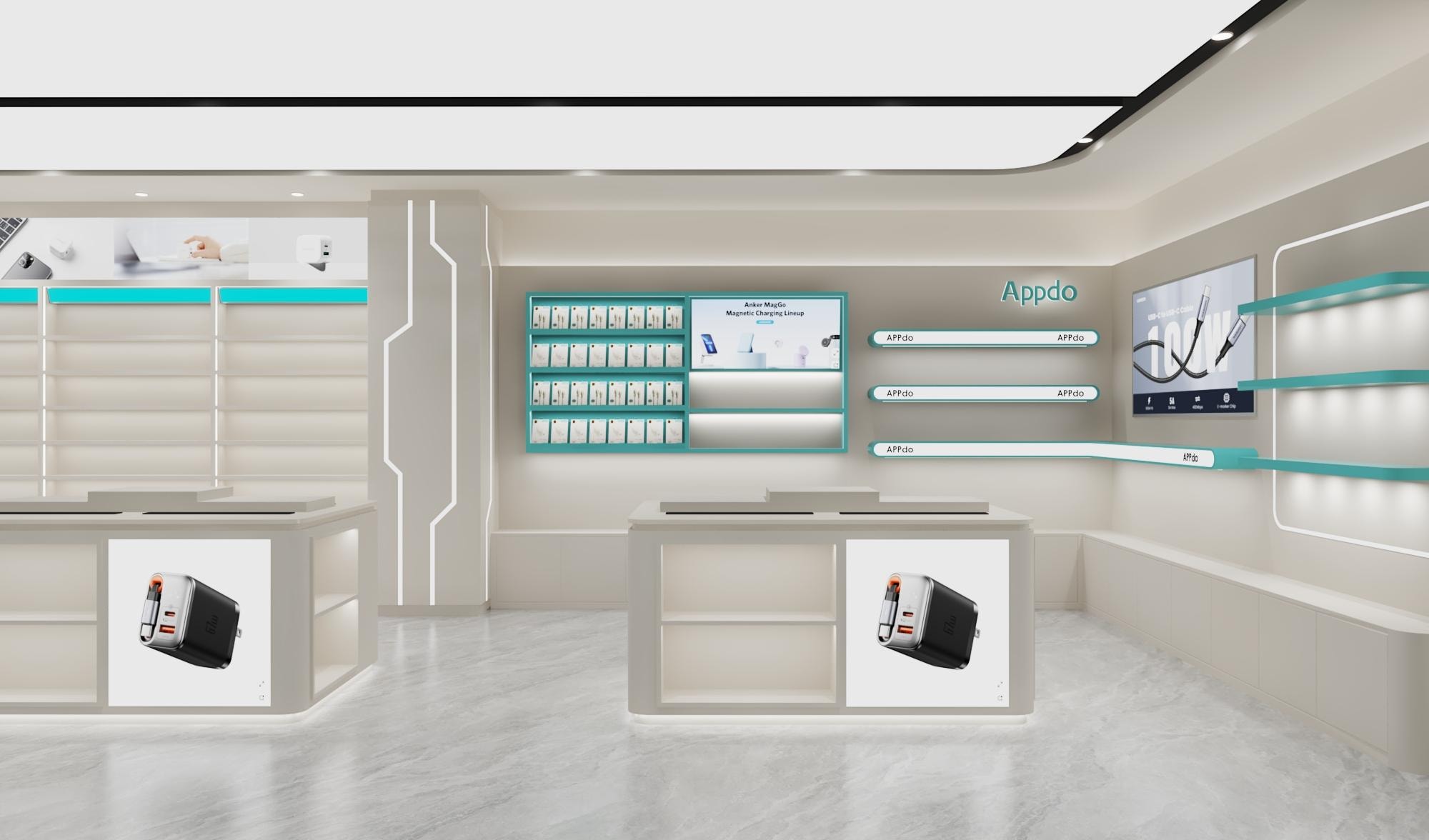
How to Choose a Phone Charger: Compatibility Tips, Common Issues & Solutions, and Scenario Recommendations
Updated on October 14, 2025
Table of contents
I. Phone Charger Selection: Avoid Pitfalls and Choose the Right Compatible Model
A common mistake for beginners is blindly pursuing high wattage while overlooking core compatibility principles. First, ensure charging protocol compatibility – common protocols like QC and PD need to match the phone's support. Otherwise, fast charging functionality is useless. For example, a phone supporting the PD protocol will only charge at standard speeds when paired with a non-PD charger. Next is rational wattage selection: higher isn't always better. Choose a wattage slightly above the original charger's rating (e.g., if the original is 20W, opt for a model under 30W). Excessively high wattage can potentially damage battery lifespan.
Safety must not be ignored. Always choose a phone charger with 3C certification. These products typically feature triple protection against over-voltage, over-current, and short circuits, effectively reducing the risk of charging-related fires. For frequent travelers, a portable phone charger with a foldable plug is ideal, as it saves space in bags and adapts to various socket types.
II. Common Phone Charger Issues: Causes and Solutions
Severe Heating During Charging? What to Do?
This is a frequently asked question, primarily related to ventilation space and charger quality. Solutions include: avoiding covering the charger while in use, keeping it away from heat sources (like radiators). If it consistently runs hot, consider replacing it with a product designed with better heat dissipation – quality chargers often include internal heat sinks to reduce heat buildup.
Not Charging – Is the Charger Broken?
First, check if the port is oxidized (clean with a cotton swab if possible). Then, confirm the wattage compatibility between the charger and phone: using a high-wattage charger with an old phone might trigger protection mechanisms, while using a low-wattage charger for a large-capacity battery can cause "trickle charging" or false charging indications. Additionally, damaged cables can interrupt charging; it's recommended to use a fast charging cable of the same specification.
III. Phone Charger Recommendations for Different Scenarios
Travel Scenario: Choose a portable, multi-protocol phone charger. Ideally, it should have dual USB-C and USB-A ports to charge your phone and headphones simultaneously. A foldable plug design also prevents scratching other items in your bag.
Dormitory/Office: Prioritize phone chargers with overload protection. When multiple people share outlets, this prevents damage from power fluctuations. If charging multiple devices, consider using a power strip with independent switches.
Older Phones: No need to pursue fast charging. A basic 5V/2A phone charger is sufficient. Lower power charging can be better for extending the battery's lifespan.
IV. Selection Guide: Key Points to Avoid Pitfalls
Steer clear of "no-name" unbranded products – 3C certification is the basic requirement.
Remember: "Protocol matching > Wattage size" – Fast charging requires compatibility from both devices.
Prioritize based on scenario: Choose based on your needs for portability and number of ports.
Choosing and using a phone charger correctly not only improves charging efficiency but also extends your phone battery's overall lifecycle. Selecting a compatible model based on your specific needs is key to avoiding the pitfall of "spending money yet damaging your device."


